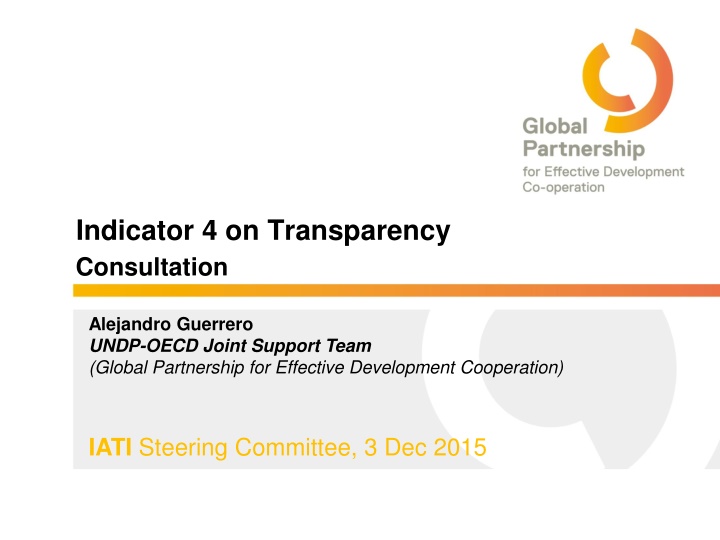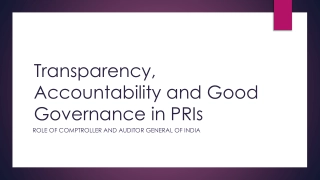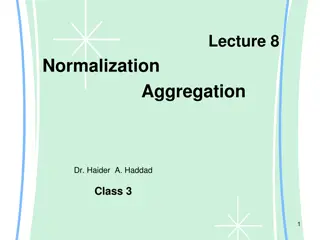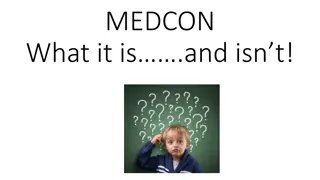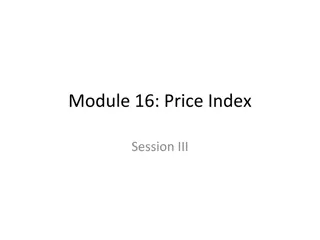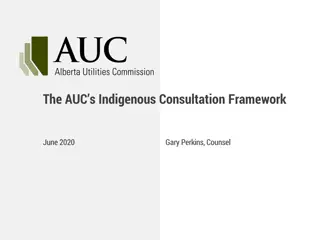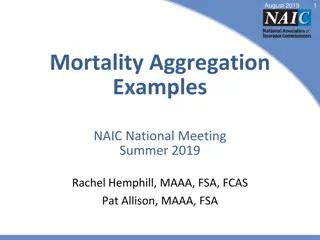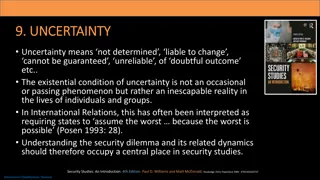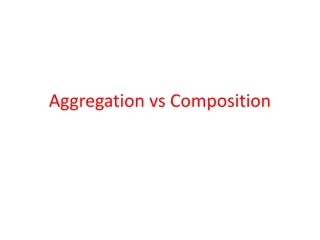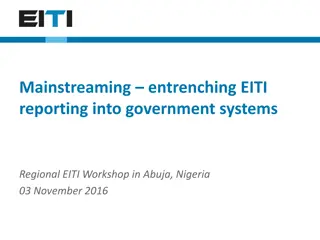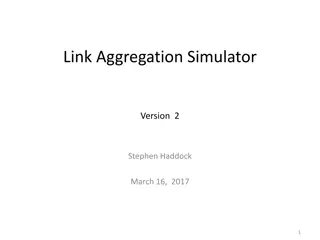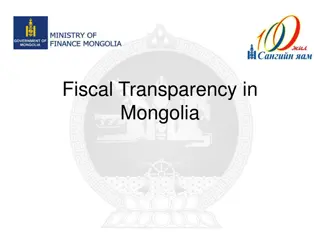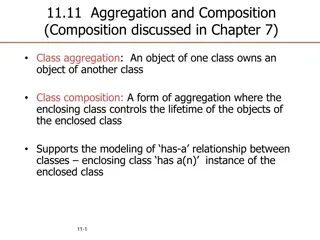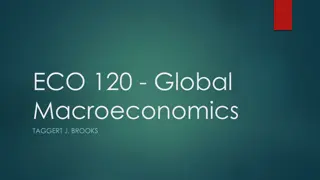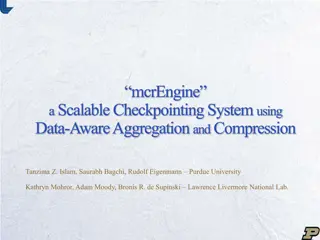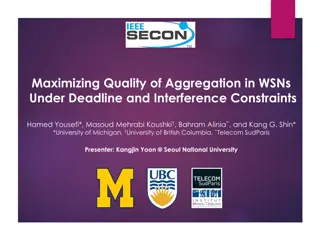Transparency Consultation and Data Aggregation Dilemma
The consultation pertains to reconciling disparate data sources for transparency assessment in development cooperation. Issues such as combining OECD and IATI data, alternative aggregation methods, and potential advantages and disadvantages of each approach are discussed.
Download Presentation

Please find below an Image/Link to download the presentation.
The content on the website is provided AS IS for your information and personal use only. It may not be sold, licensed, or shared on other websites without obtaining consent from the author.If you encounter any issues during the download, it is possible that the publisher has removed the file from their server.
You are allowed to download the files provided on this website for personal or commercial use, subject to the condition that they are used lawfully. All files are the property of their respective owners.
The content on the website is provided AS IS for your information and personal use only. It may not be sold, licensed, or shared on other websites without obtaining consent from the author.
E N D
Presentation Transcript
Indicator 4 on Transparency Consultation Alejandro Guerrero UNDP-OECD Joint Support Team (Global Partnership for Effective Development Cooperation) IATI Steering Committee, 3 Dec 2015 5 April, 2013
Quick Background for the Consultation Busan Partnership agreement (2011) Creation of the Global Partnership for Effective Development Co-operation (EDC) Monitoring Framework on EDC 10 Indicators reflecting commitments Indicator 4 on transparency of dev. cooperation Parties agreed to implement a common standard for reporting (timely, comprehensive, forward- looking information) on resources provided through development co-operation, taking into account the statistical reporting of the OECD-DAC and the complementary efforts of the IATI and others .
Background for the Consultation (2) Parties committed to agree on this standard and to implement it fully by December 2015 Both IATI and OECD-DAC systems have similar methodologies to assess transparency However, specific aspects of these methodologies have diverged in recent times (e.g. dimensions included, scoring system) Given the existing transparency assessments, consultation on how to measure report on the Transparency Indicator(for GPEDC s Monitoring Framework) Specifically on two issues where ex ante technical consensus was not possible
Issue 1: The functional focus of the relevant data sources is different. OECD s Creditor Reporting System (CRS) OECD s Survey on Forward Spending Plans (FSS) Forward- looking Retrospective IATI Both types of data To what extent the transparency assessments generated by these systems should be aggregated together, presented separately, or combined to some degree? (if so, same weight?)
Alternatives for Issue 1 Option A. Presenting one single classification by aggregating all three systems together in a composite index. Advantage: Easy to understand. Disadvantage: No consistent methodology for aggregating 3 systems (not all providers report to all three systems; no clear weights). Option B. Presenting an aggregate of the two OECD-sourced assessments (CRS, 2/3 and FSS, 1/3), along with an IATI assessment. Advantage: IATI & OECD assessments will equally reflect transparency levels regarding retrospective and forward-looking data. Disadvantage: Need to: (a) create three reporting groups (depending to the number of systems a provider reports to) and (b) determine ad hoc weights for CRS and FSS. Option C. Present the data from the 3 systems separately. Advantage: Avoids issues with aggregation, different reporting practices. Disadvantage: End-user is presented with multiple assessments of transparency.
Issue 2: IATI-sourced & OECD-sourced transparency assessments now include different dimensions. CRS FSS IATI BUSAN Dimensions Timeliness Comprehensiveness Forward-looking Nature Public Disclosure Accuracy Use Sources of Data: OECD systems IATI Shall we include the new accuracy dimension ? How shall we report on accuracy ?
Alternatives for Issue 2 Option A. Removal of accuracy dimension from OECD-sourced assessments Homogeneous dimensions across systems -> better comparability. Consistent with the Busan dimensions Option B. Reporting of accuracy dimension separately. Like in Option A, homogeneous dimensions -> comparability Reports on the quality of data as emerging issue, to be included in the post-2015 review of the Monitoring Framework Option C. Keep accuracy in OECD-sourced systems, and accept that underlying dimensions to measure transparency may vary across systems. Avoids methodological challenges in recalculating OECD assessments without thetransparency dimension Disaggregated data by dimension still allow for comparisons across systems for specific dimensions (e.g. timeliness)
We welcome your feedback. Thank you www.effectivecooperation.org 5 April, 2013
